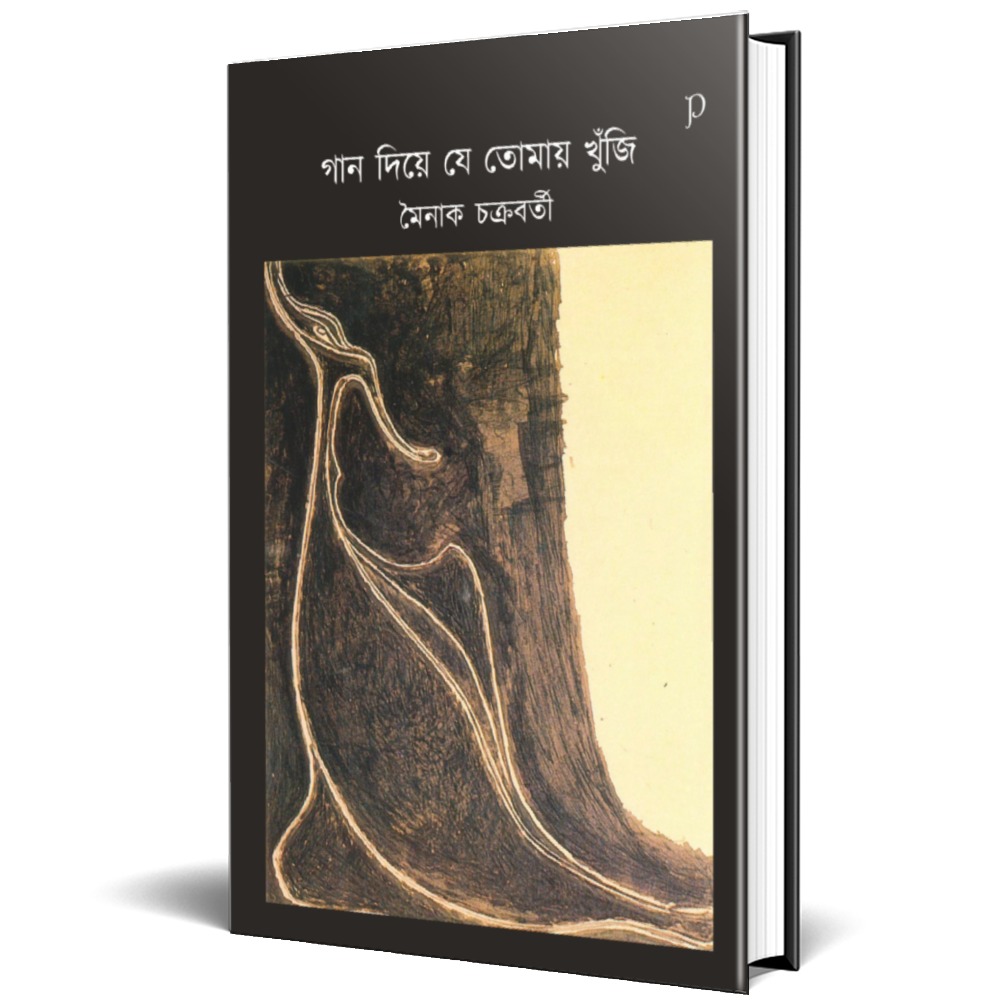Anjum Parveen Reviews Jamlo Walks by Samina Mishra
Jamlo Walks
Samina Mishra Illustrations by Tarique Aziz
Imprint: India Puffin
After more than six months, I write again for children. This time it is not a story of hope and happiness. It is a sad but true story about Jamlo. Jamlo Makdam was a 12 year old migrant worker from Bastar in Chattisgarh. She had gone to work in the chilli fields in Telangana to earn livelihood for her family. Many from the adivasi community of Bastar did so. Our children love to read or rather we want our children to read stories of hope, adventure, success and happiness. And why not! Because every child, when it is born, it comes with renewed hope in humanity. But ours is not an ideal world. Here, every struggle doesn't end in victory. Let our children honour and remember Jamlo who is a part of the same unfair world that our children belong to. Our children are more privileged to enjoy a fair share of the resources of this country but not all are so fortunate.
Written poignantly by Samina Mishra and beautifully illustrated by Tarique Aziz, the story of Jamlo Walks, begins at the time of the nationwide lockdown. The migrant workers were thrown into a crisis that was unprecedented in history. Jamlo starts walking on the 7 th day of the lockdown to reach her village. The story is about her journey home, marked by milestones on the road denoting the number of kilometers she has walked. She meets a kind dosawala who gives her a til ka laddu. She moves on. Her journey is marked by both confusion and chaos on the road where people are hurrying down the streets, and moments of silence, only interrupted by the twittering of the mynah that makes Jamlo think that "birds can't be locked down". When Jamlo's chappal breaks, which is symbolic of her hardship and the exhaustion that walking has caused— she sleeps under the shade of the sal trees. Once again nature gives man the solace which our society or system can not offer. Little did she know that this would be her eternal sleep. When a leaf from the tree falls on her face she is subconsciously thinking in her sleep of how the tree has rejected the leaf letting it dry and fall. Like that there are many leaves that the trees reject. We know that it is Jamlo's subconscious interpretation of the rejection that she has suffered. The story of Jamlo is interspersed with some mention of other kids like Tara, Amir and Rahul who are the more privileged ones witnessing the lockdown from the comforts of their home. In stark contrast to the scene just after Jamlo shuts her eyes forever, Amir, Tara and Rahul wake up to another day of online school.
It's Samina Mishra's craftmanship as an artist that she is able to weave a story out of a true incident that many of us have probably forgotten.
For any children's book, illustrations are an important aspect of story telling. Children are easily attracted to the colourful pages. Here too Tarique Aziz's colorful pictures help bring the story of Jamlo come alive. Readers see Jamlo's journey unfold as a visual treat. The perfect blend of colours add emotions to the characters, objects and scenes.










Comments